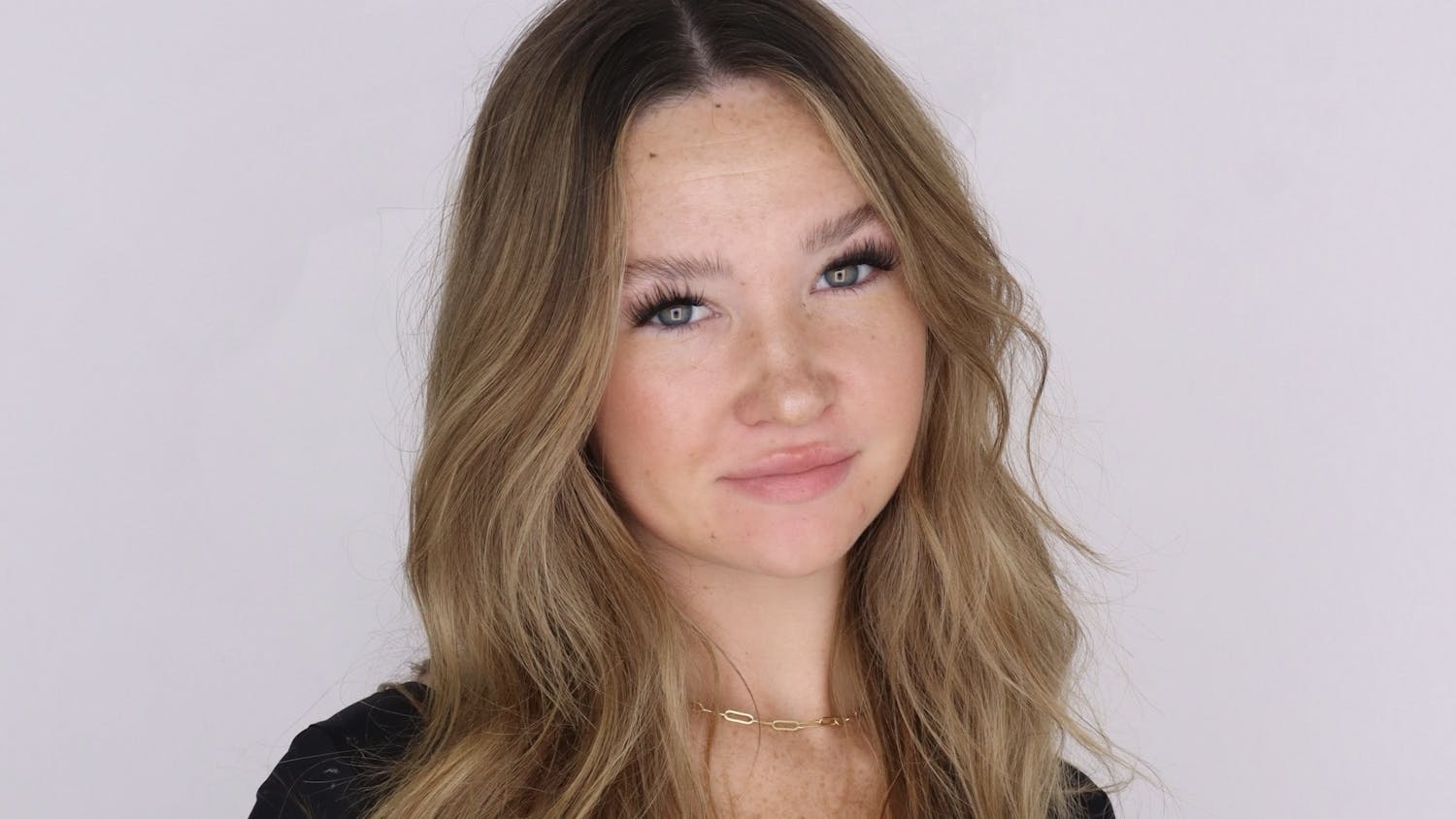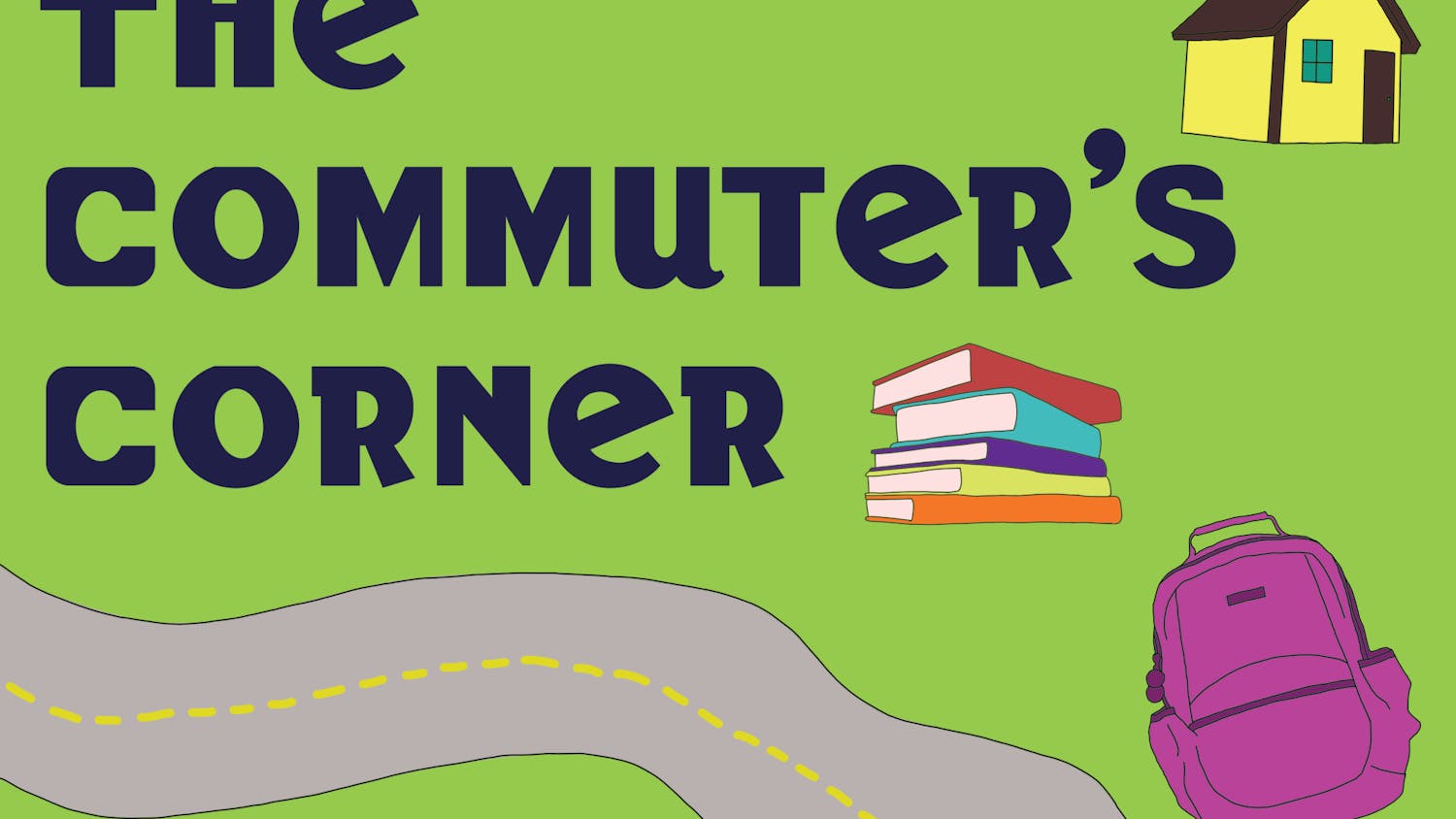Coffee is an essential part of everyday life. From college students to working adults, people continuously seek out that caffeine kick. Nearly 73% of Americans drink coffee every day, according to a report from Drive Research.
With over half of all Americans drinking coffee everyday, someone has to make it. There are currently over 474,000 baristas employed in the U.S. and 91% of people order coffee away from home, according to a study done by the National Coffee Association. Currently, the average cost for a cup of coffee is $3.08 and $5.46 for a latte. These prices vary by location, but overall prices continue to rise especially at coffee chains such as Starbucks.
If people are spending so much on coffee, it's important that the coffee is good. No one wants to waste money on a drink that is too sweet, has too much milk in it or is the wrong size. Communicating needs and wants at coffee shops can be stressful. Around 30% of Americans get anxious when ordering from restaurant or cafe menus, but it doesn’t have to be so hard.
When placing a coffee order, people should be aware of where they are and what they are ordering. It can be easy to get overwhelmed by an extensive menu at a new place, but having a solid idea of what drink, size, customizations and substitutions are preferred before getting to the front of the line is a simple way to make sure the drink comes out exactly as it is desired. It also lessens the stress of baristas, especially the one taking the order, when customers come in prepared.
Coffee shops offer many different drinks, but unfortunately for the unknowing customer, different espresso beverages tend to include most of the same ingredients. Customers should not be afraid to ask baristas questions about anything on the menu. Noting the small, but important differences between espresso drinks will make everyone’s lives easier. Also note that coffee chains, such as Starbucks and Dunkin, and local coffee shops can have different ways of concocting the same espresso drink. Macchiatos, for example, are particularly tricky for baristas at local coffee shops because the way Starbucks makes macchiatos vastly differs from what a traditional macchiato is. Being aware of this difference in recipes and knowing what to order at what coffee place gives everyone what they want.
Another big example of practicing common courtesy at coffee shops is speaking up. Coffee shops can be loud. From the growl of espresso machines to the sound of blenders and people chatting, it can be very hard to hear what customers are ordering. Making sure to use a louder-level speaking tone ensures orders are being heard correctly.
It’s also important to speak up if something isn’t right. Even when someone expresses exactly what drink they want, mistakes happen. If a barista mixes up a drink, it’s important to tell them respectfully.
Coffee is a personal experience. From making a personalized drink at home to ordering one at a cafe, people have varying preferences and wishes when it comes to their coffees. Knowing how to order specific coffee drinks and being respectful of baristas’ time and space is something that should not be overlooked.
Elizabeth Talaga is a sophomore studying journalism at Ohio University. Please note that the views and opinions of the columnist do not reflect those of The Post. What are your thoughts? Let Elizabeth know by emailing her at et029322@ohio.edu






